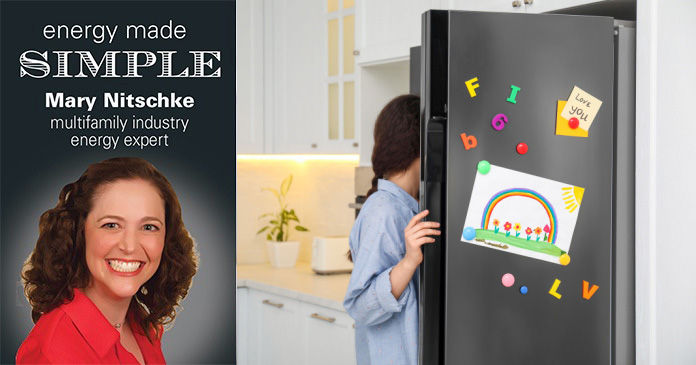When I was young and growing up, I lived in a 1913 farmhouse in rural Fresno, California. I thought that the refrigerator was the most exquisite device in our home because it didn’t matter that the house was hot (no AC), when I opened the refrigerator door, cool air was plentiful. My mother would get agitated at my brother and me if we stood there too long. “You need to decide what you want before you open the door”, she would scold us (looking back, she was right, but it was such a disappointment at the time.) You see, I didn’t realize then the correlation between letting the cold air out of the refrigerator and the size of our energy bill. Turning the lights off when I left the room made total sense and I understood that wastage, but the concept of conditioned air and energy consumption/cost took me a little longer. Which brings us to our topic for today: Building Envelopes.
Many of us have trouble correlating a great building envelope and energy efficiency. So, think of your building as a giant box of conditioned air. When the door is opened and closed that conditioned (heated air or cold air) is released and the HVAC system has to make more. Making conditioned air is expensive. Just like my mother, we cannot always control when the door is opened, but we can control other losses of energy related to the conditioned air escaping.
One of the best ways to assess building envelope integrity is a blower door test, which is complicated but basically gives us insight into where air is flowing out of our buildings in ways that it is not supposed to. It typically involves covering an open door and using a large fan to push air through the space to measure pressure and determine where the air is getting out.
The first time I commissioned a blower door test on a podium style apartment building, I had a slight disagreement with the company performing the test over the approach for the test. They wanted to open the doors of all the apartment units and do the pressure test at the floor level. I said “no” because many of the residents had cats and I didn’t want to herd frightened cats around the building. So, we did the test at the unit level. (No animals were harmed in the testing, BTW). What was insightful was learning that air escaped not just from leaks around the windows, which I expected, but through outlets and the bathroom ventilation fans. So, the refrigerator door isn’t always open where you think it might be. Although the test was not free, the return on investment was high as we could apply the lessons learned to our common areas like the halls and corridors.
Knowledge is power and this led the building owner to make choices as to what we could easily remediate and what we could not.
We can control some losses with a bit of insulation where we didn’t know we needed it. Something to consider as our energy costs rise, and the push for lower energy use intensity (EUI) becomes more prevalent in new building performance standard requirements across the US. You may not have to necessarily upgrade your equipment; you might be able to solve your challenges simply by shutting the refrigerator door.
















